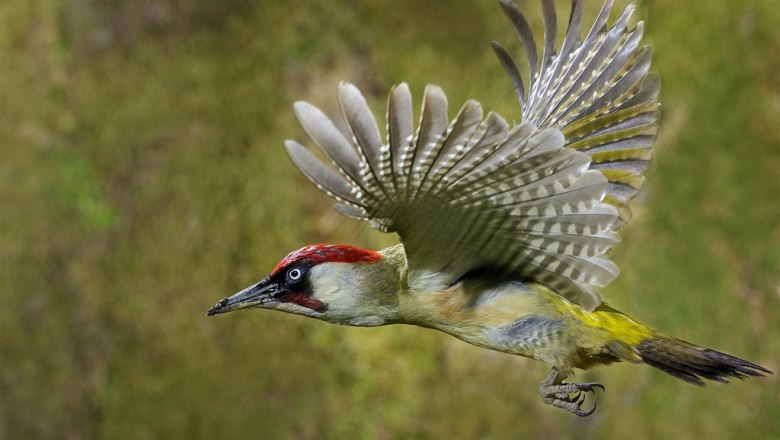The Phenomenal Rotary Wheel Calendar
It can be rotated, makes the perfect toy, fits in any backpack and is updated every year: The phenomenal nature calendars of the Lower Austrian nature park regions.
On the rotary calendars you will find, nicely arranged according to the ten natural seasons, more than 40 animal and plant phenomena. This allows you to see what is happening in your regional nature park throughout the year, to forecast nature’s yearly cycle and to plan your next trips to the nature parks!
The calendar written by nature
Our four conventional seasons are by no means enough to aptly describe the natural phenomena happening in the course of the year. If, like nature itself, we divide spring into a pre-spring phase, mid spring and a full spring, for example, we create a much more accurate representation of the rhythm of nature in spring. Summer and autumn can also be divided into more granular categories, and this actually leaves us with a total of 10 seasons! Unlike the four astronomical seasons, our ten natural seasons do not have a fixed date, but are heralded and rewritten year after year by natural phenomena, such as the beginning of flowering or the ripening of fruit on certain plants. In contrast to the common Gregorian calendar, the calendar that nature writes thus varies from year to year, from region to region.
Nature’s Internal Clock
Despite all the variations across the years and areas, one thing remains constant: the individual phases of vegetational development pass us by as if they were being sharply tugged on with a piece of ribbon, and each stage of development keeps a respectful distance from its neighbours. A fruit blossom that is 14 days late also means a later elder blossom as well as a later blossom of most herbaceous plants, and it can take several weeks for nature to get back its normal rhythm again. So it is impossible to accurately predict the beginning of pre-spring, but you can be sure that this phase will be characterised by the blossoming of snowdrops or hazel and that no apple tree will be in flower at that time.
Our nature calendar wheels created by the nature park regions present a simplified image of Mother Nature's internal clock and graphically depict the sequence of the ten natural seasons and providing approximate forecasts for when striking phenomena could appear in the course of the year.
How the nature calendar works
If, for example, you observe a blooming sorbet or hazel on 15 February, you turn the date disc until 15 February is above the sorbet or hazel. This gives you a forecast for the expected development of other animals and plants in the course of the year under average weather conditions.
The nature rotary calendar is based on observations taken from all over Lower Austria. The duration of the ten seasons and the intervals between the natural events on this rotary calendar correspond to long-term averages and can fluctuate from year to year depending on the course of temperature totals, precipitation and natural development. In the case of plant and animal species whose development is largely determined by the weather pattern at the respective location itself, the rotary wheel is naturally a more appropriate tool than, for example, in the case of migratory bird species. In this case, the triggers for migratory behaviour and arrival tend to be determined by the circumstances in their wintering areas, such as Africa.
How can I get hold of a Phenomenal Rotary Wheel Calendar?
When you visit a Lower Austrian nature park as well as many other destinations, you can take the rotary wheels with you free of charge or we can send them to you (regular postage charges apply).
Each nature park region has its own wheel:
- Mostviertel
- Donauraum und Weinviertel
- Waldviertel
- Wienerwald
- Wiener Alpen
In order to best capture the development of nature over a year, we need you to keep your eyes open! Simply observe the blossoming, chirping or creeping in your nature park region and report your observations back to us!













